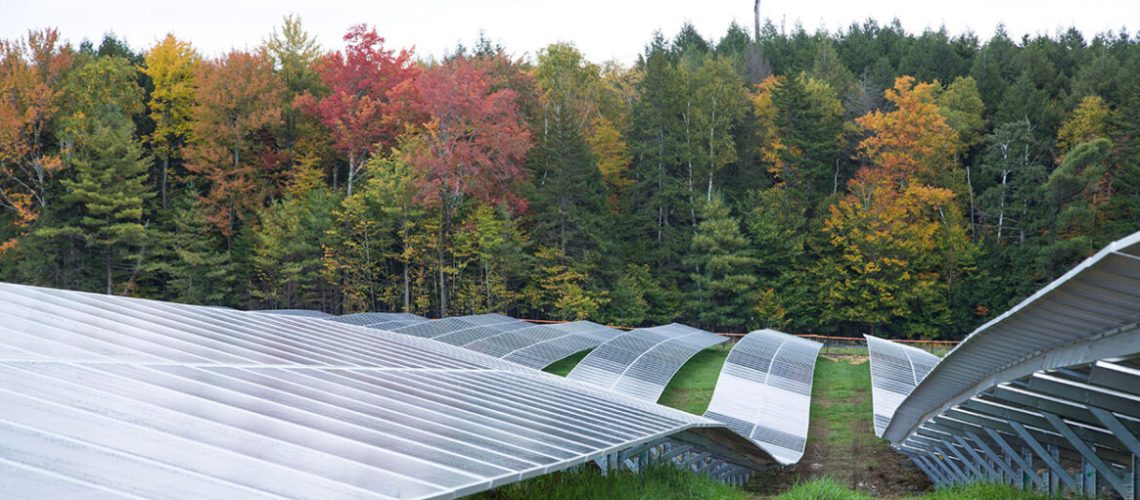A dozen U.S. utilities have targeted at least 80% carbon-free generation by 2030. The Smart Electric Power Alliance hopes that their strategies to get there will influence other utilities to accelerate their own clean energy commitments.
Utilities serving a combined three million customers are targeting at least 80% renewable or carbon-free energy by 2030, according to a compilation by the Smart Electric Power Alliance (SEPA), which calls the utilities members of the “2030 Club.”
Utilities in Los Angeles, Austin and Vermont have aggressive plans to reach 90% or more carbon-free power by 2030, while some smaller utilities have even more ambitious targets, as shown with red bars in the bar chart below.
SEPA’s 2030 Club also includes a separate category of about a dozen utilities with a goal of reducing their emissions by at least 80% by 2030, compared to emissions in a baseline year. The 2030 Club aligns with SEPA’s new 5×25 initiative focusing on resilience, storage, transportation, emerging technologies and policy: five key areas to accelerate carbon reduction over the next two years. The 5×25 effort was formally announced by SEPA CEO Sheri Givens at RE+ 2023.
SEPA has identified about 500 U.S. utilities with a target for either cleaner generation or reduced emissions, said Trevor Gibson, a research analyst at SEPA, at a presentation at the RE+ conference in Las Vegas. “A good amount of those utilities have mandatory targets set by states,” he said, adding that “our hope” is that the 2030 Club project “encourages more of them to accelerate their commitments.”
“We’ve seen that utilities have come out with goals of net zero by 2050,” Gibson said, “and they’ve accelerated those goals by five years, 10 years.” He anticipated that showing the data for utilities in the 2030 Club and sharing what those utilities are doing to meet their aggressive targets “will help spread more action” across the utility sector.
Strategy mix
The leading utilities on carbon-free generation identified by SEPA are pursuing a range of strategies, as described on their websites.
The Los Angeles Department of Water and Power plans to reach 80% renewables by 2030 by adding 3 GW of renewables, with its planning benefiting from the National Renewable Energy Laboratory’s “LA100” renewable energy modeling study.
Austin Energy obtains half its power from utility-scale wind and solar projects in Texas, using power purchase agreements.
The Vermont Electric Cooperative relies on hydropower and nuclear power for about three-quarters of its generation.
Vermont’s investor-owned utility Green Mountain Power primarily uses hydro and nuclear power, plus 11% solar and 10% wind generation; it currently sells some renewable energy credits.
The Platte River Power Authority, a generation and transmission cooperative utility in Colorado, owns 225 MW of wind power and plans to secure up to 400 MW of solar power.
The Colorado utility Holy Cross Energy has reached 50% renewables, primarily from wind power plus some biomass, solar and hydropower.
The Pasadena Water and Power Department in California is engaged in a resource planning process to meet a new goal for 100% carbon-free electricity by 2030.
Municipal utilities serving Snohomish County, Washington and Eugene, Oregon have substantial hydropower generation, while the municipal utility in Concord, Massachusetts purchases renewable energy credits.
The Kauai Island Utility Cooperative in Hawaii, which has a goal of 100% renewables by 2033, is not in SEPA’s 2030 Club. The utility generates 40% of its power from utility-scale and distributed solar, and 20% from hydropower and biomass.






